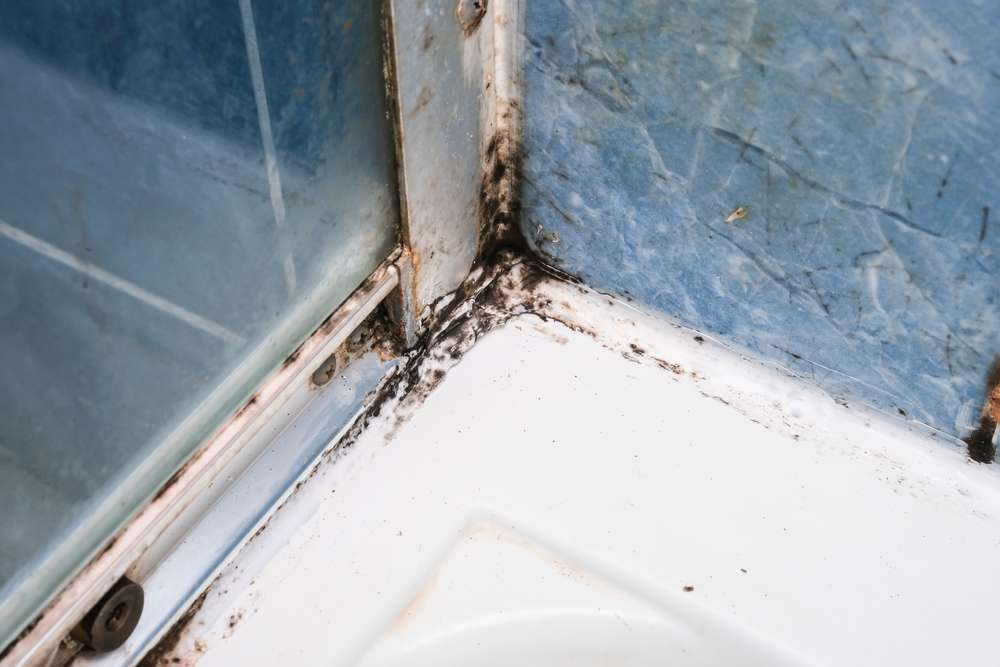Practical Steps to Prevent Mold Growth in Home Wet Rooms
Preventing mold in home wet rooms requires a combination of proper ventilation, moisture control, waterproofing, and regular maintenance. This article outlines practical, actionable steps to reduce humidity, manage water flow, and keep grout and tiles in good condition.

Home wet rooms are high‑moisture environments where mold can establish quickly if humidity and water are not controlled. Simple, consistent habits combined with targeted improvements — like better ventilation, reliable drainage, and regular grout care — make a big difference. The guidance below focuses on practical steps for preventing mold growth while keeping surfaces, plumbing, and storage arrangements accessible and easy to maintain.
Ventilation and airflow
Good ventilation is the cornerstone of mold prevention in wet rooms. Install an extractor fan sized to the room volume and rated for continuous or intermittent use; ideally choose a model that vents to the outside rather than recirculating air. Encourage natural airflow by using trickle vents on windows or opening windows briefly after showers. Position vents and fans to promote cross‑ventilation where feasible so moist air is moved out efficiently. Where local services can assist, have a qualified installer check fan placement and ductwork to avoid obstructions.
Controlling moisture and humidity
Monitor humidity with a simple hygrometer and aim to keep relative humidity below 60%, ideally in the 40–50% range to deter mold. Wipe down wet surfaces and shower enclosures after use, and run ventilation for 20–30 minutes post‑use to clear trapped moisture. Use a dehumidifier in poorly ventilated wet rooms if mechanical ventilation is inadequate. Insulation of cold surfaces such as exterior walls and exposed pipes reduces condensation, which lowers moisture accumulation on tiles and ceilings.
Waterproofing, sealants, and grout care
Waterproofing membranes behind tile and proper sealants around joints are essential to prevent water ingress into walls and floors. Inspect grout regularly for hairline cracks and reapply grout sealer as recommended by the manufacturer; this keeps grout less porous and easier to clean. Choose silicone sealant for dynamic joints (corners, junctions around fixtures) and replace any discolored or failing sealant promptly. Proper substrate preparation during installation reduces future leaks and long‑term mold risk.
Drainage and plumbing
Effective drainage prevents standing water that encourages mold. Make sure floor slopes guide water to the drain, keeping shower areas and wetroom floors free of puddles. Check trap seals and overflow fittings periodically to ensure they work and that no slow leaks exist in supply lines or valves. Regularly clear hair and debris from drains to maintain flow. When planning upgrades, consult local services or a plumber in your area to assess trap configurations, pipe routing, and any required access panels for maintenance.
Lighting, insulation, and accessibility
Adequate lighting makes inspections and cleaning easier and helps surfaces dry faster. Use moisture‑rated lighting fixtures and consider warm lighting temperatures that slightly increase surface temperature to discourage condensation. Insulate exterior walls and cold water pipes to reduce cold spots where moisture condenses. Keep design and layout accessible — for example, reachable valves, removable panels, and non‑obstructive shelving — so routine checks and repairs can be carried out without difficulty.
Storage, maintenance, and tile selection
Limit clutter and store toiletries on open racks or ventilated cabinets to allow air to circulate around items and reduce damp pockets. Choose tiles and finishes with low porosity and smooth glazes where frequent wetting occurs; textured tiles may hold moisture longer and require more frequent cleaning. Implement a simple maintenance schedule: inspect grout and sealant quarterly, clear drains monthly, and run fans after use. These routines reduce the window of opportunity for mold spores to colonize.
This article is for informational purposes only and should not be considered medical advice. Please consult a qualified healthcare professional for personalized guidance and treatment.
Regular attention to ventilation, moisture control, waterproofing, and simple maintenance will markedly reduce mold risk in wet rooms. Combining thoughtful design choices (drainage, insulation, accessible fixtures) with periodic inspections and cleaning keeps surfaces dry and easier to manage. Over time, these practical steps help preserve finishes, reduce repairs, and maintain healthier indoor air quality without complex interventions.





